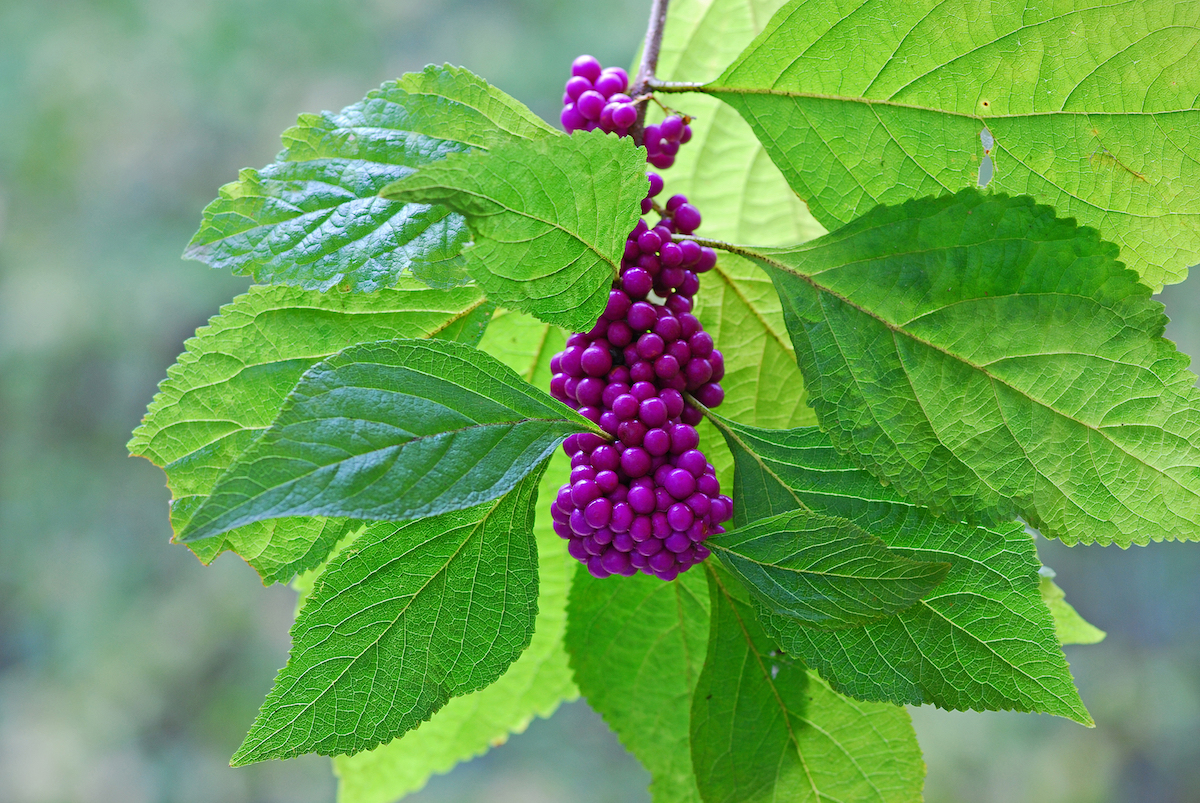
Caption
Callicarpa americana, native beautyberry.
Photo Credit
James Ebanks
Botanical Name
Callicarpa spp.
Plant Type
Sun Exposure
Soil pH
Special Features
Subhead
Planting, Growing, and Pruning Beautyberries
Read Next
Types
- ‘Welch’s Pink’ is a smaller variety, topping out about 4 feet tall and wide. It has bubblegum pink fruits and tolerates dry and wet sites.
- ‘Pearly Glam’ is a hybrid tailor-made for gardeners who can’t get enough purple. The foliage is a burgundy violet all season long, with glowing magenta berries in fall.
Gardening Products
More Like This
We are so lucky in Florida as they are considered weeds. I'm glad they are getting the recognition they deserve. I will say being 'blessed' by the birds after a beautyberry binge is not fun!
They are beautiful. Did not realize they were edible.
Wonderful Beauty Berries !!! great for the birds!!










Comments